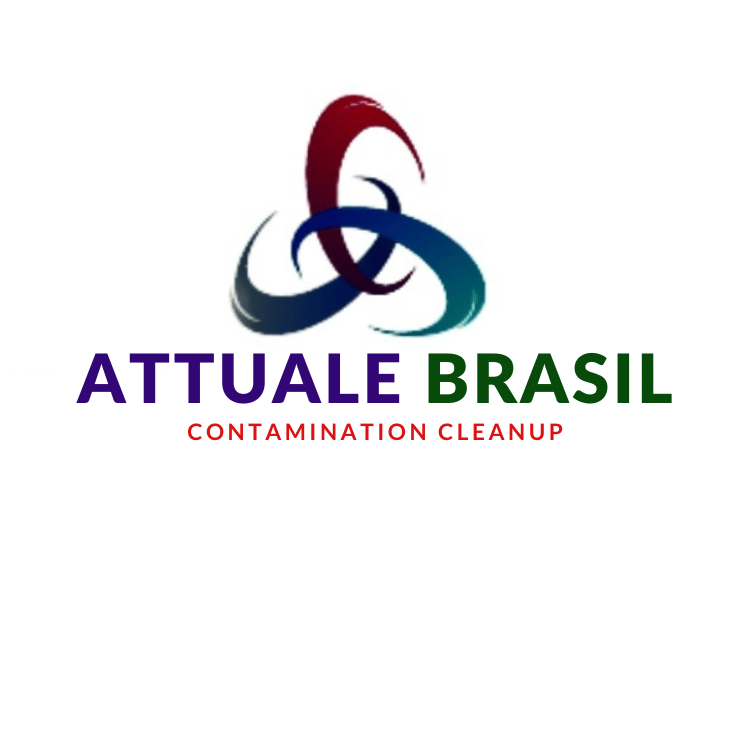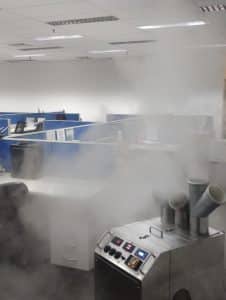Whenever a chemical is used to produce microbial mortality, the possibility exists to promote resistance. This is because not all microorganisms are killed.
A 5 log reduction (99.999%) still means that out of 1,000,000 microorganisms present, 10 survived, although the process has reduced the population to what can be termed a safe level. The sanitizer could not have had contact with these 10 organisms or they could be immune. If these 10 microorganisms are indeed immune, over time they will proliferate, and the usual sanitizing concentration or chemical will no longer produce acceptable mortality. At this time, measures must be taken to disinfect the surfaces in question. It is then necessary to assess which microorganisms are present so that the proper disinfectant with the proper concentration and the proper time is maintained.
Bacterial resistance is sometimes thought to be occurring when in fact the microorganisms are avoiding contact with the sanitizing chemical because biofilm is present. Biofilms are polysaccharides that can deposit on almost any surface. Bacteria such as Escherichia coli, Salmonella spp., Listeria spp., Campylobacter spp. and several others can produce biofilms. Over time, the film becomes more complex and may contain different species of bacteria, producing a constant source of contamination.





